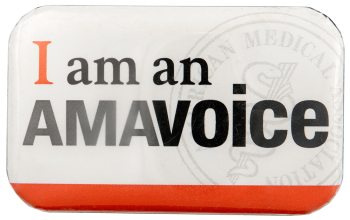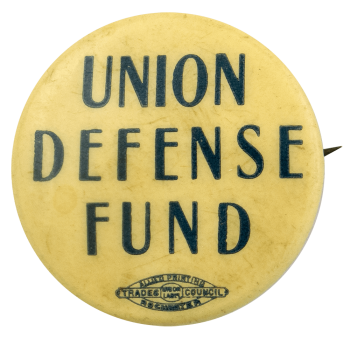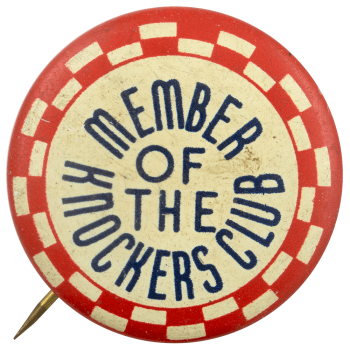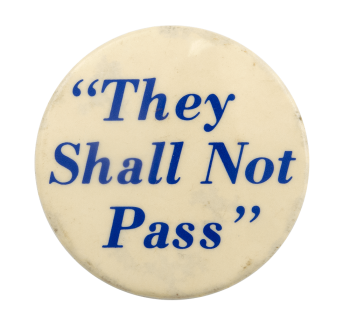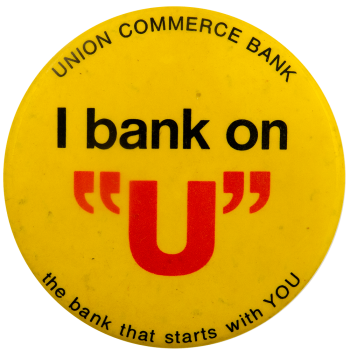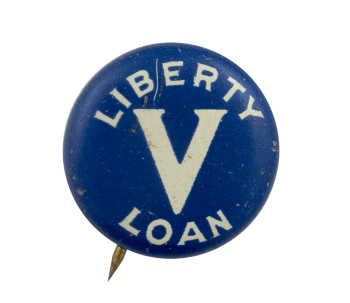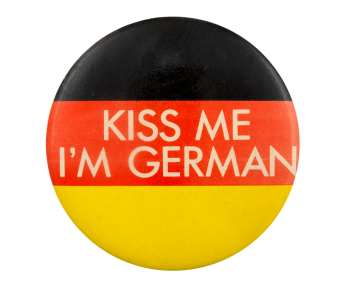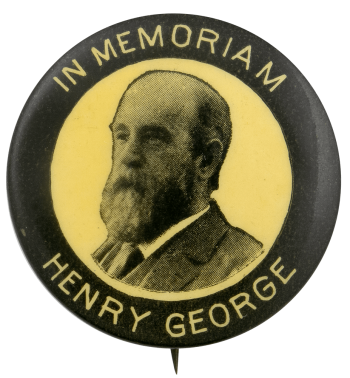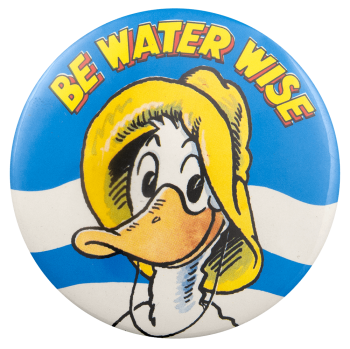I am an amavoice
| Category | |
|---|---|
| Additional Images | |
| Text on Button | I am an AMAVOICE AMERICAN MEDICAL ASSOCIATION |
| Image Description | A red letter I with black text in front of a white background. A fainted gray logo consisting of a circle with a snake wrapped around a lined pole and text curved around it is on the right side of the button behind the black text. On the bottom of the button is a bold red line. |
| Back Style | |
| The Shape | |
| Additional Information | The American Medical Association (AMA) was founded in 1847 and strives to promote the art and science of medicine and improve the quality of public health. AMA has been a voice of medicine in publications in which physicians have been actively advocating for patients. The AMA represents physicians with a unified voice to remove patient care burden, prevent chronic diseases, and drive the future of medicine to tackle the biggest challenges in health care. |
| Sources |
AMA. (n.d.). About. Retrieved July 14, 2021, from https://www.ama-assn.org/about Parry, L. (2018). The AMA is the voice of medicine: Become a member and make a difference in federal advocacy. Colorado Medical Society. https://www.cms.org/articles/the-ama-is-the-voice-of-medicine-become-a-member-and-make-a-difference-in-f |
| Catalog ID | CL0634 |

